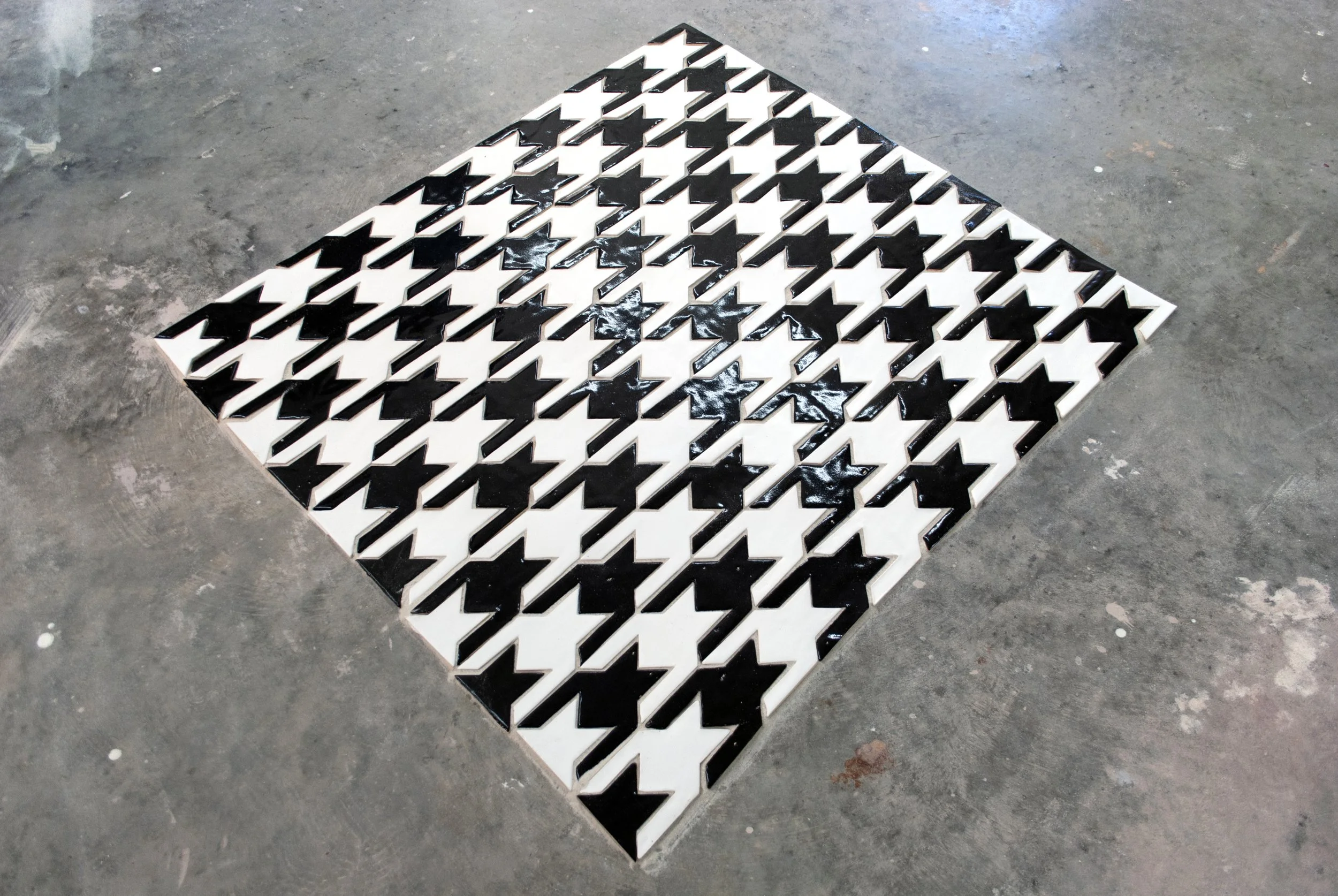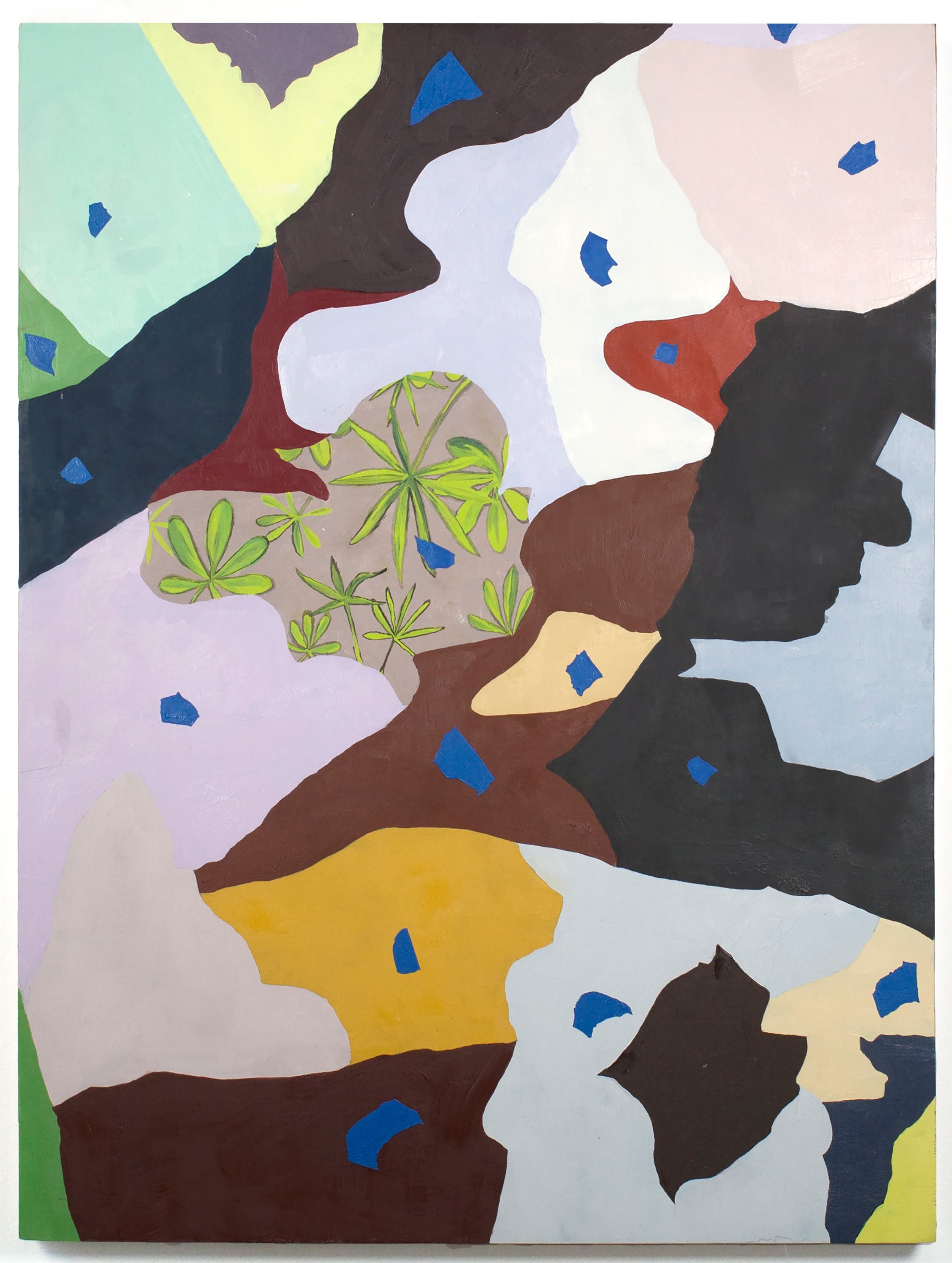
Acrylic on concrete, 7 ft. x 38 ft., 2025
Mennello Museum of American Art, Orlando, FL

Courtesy Mennello Museum of American Art

Geraldean Matthew was a farmworker at Lake Apopka. After the farms in the area were shut down, she began advocating for medical study of the effects of agricultural pollution and pesticide exposure on workers and the community, working with Linda Lee. She had a number of chronic health problems and passed in 2016 at age 66. Jeannie Economos with Florida Farmworkers Association continues her work.
Photo courtesy Bloomberg Philanthropies

Greg Schell is a Florida-based attorney who has spent his career protecting the rights of Florida’s migrant farmworkers. He has served as the managing attorney for Florida Legal Services’ Migrant Farmworker Justice Project, where he filed a class-action lawsuit on behalf of bean pickers to recoup stolen wages.
Photo courtesy Bloomberg Philanthropies

Acrylic and oil on panel, 40 in. x 30 in., 2023

Acrylic and oil on panel, 24 in. x 24 in., 2024

Oil on panel, 24 in. diameter, 2023

Top: Battle of Blair Mountain, Chaplin’s Sabo-Tabby, Vincenzo Mdonna
Bottom: Armory Show, Ybor, Wobblies
Colored pencil on paper mounted to wood, 12 in. x 12 in., 2023

Tile, grout, paint, and foam, Dimensions variable, 2023

Mosaic on cement board, 36 in. x 36 in., 2025

Phosphorescent acrylic and oil on panel, 36 in. x 36 in., 2023

Oil on linen, 36 in. x 36 in., 2022

Oil on panel, 36 in. x 36 in., 2021

Oil on panel, 6 ft. x 7 ft., 2017

Graphite on paper mounted to board, 12 in. x 9 in. each, 2018-2023


Untitled (Ladners), Photographs, painter's tape, and indigo-tinted resin on panel
All our ladies, Bleach on indigo-dyed denim fabric
dear Madam, Indigo dye on Osnaburg fabric
the sweetest girl, Embroidery on seersucker fabric
Untitled (Atticus), Photographs, painter's tape, and indigo-tinted resin on panel
All 12 in. x 12 in., 2022

Oil on panel, 64 in. x 48 in., 2019

Installation view of Lorraine with pencil on wall, Dimensions variable, 2020

Oil on panel, 64 in. x 48 in., 2020

Installation view of Byllye with pencil on wall, Dimensions variable, 2020

Tile, wood, and plaster, 48 in. x 48 in. x 4 in., 2020

Single-channel digital video, 5:29, 2019

Oil on panel, 6 ft. x 7 ft., 2018

Oil on panel, 40 in. x 30 in., 2017

Oil on panel, 5 ft. x 6 ft., 2018

Oil on panel, 30 in. x 30 in., 2017

Oil on panel, 36 in. x 24 in., 2018

Oil on panel, 24 in. x 18 in., 2017





























Acrylic on concrete, 7 ft. x 38 ft., 2025
Mennello Museum of American Art, Orlando, FL
Courtesy Mennello Museum of American Art
Geraldean Matthew was a farmworker at Lake Apopka. After the farms in the area were shut down, she began advocating for medical study of the effects of agricultural pollution and pesticide exposure on workers and the community, working with Linda Lee. She had a number of chronic health problems and passed in 2016 at age 66. Jeannie Economos with Florida Farmworkers Association continues her work.
Photo courtesy Bloomberg Philanthropies
Greg Schell is a Florida-based attorney who has spent his career protecting the rights of Florida’s migrant farmworkers. He has served as the managing attorney for Florida Legal Services’ Migrant Farmworker Justice Project, where he filed a class-action lawsuit on behalf of bean pickers to recoup stolen wages.
Photo courtesy Bloomberg Philanthropies
Acrylic and oil on panel, 40 in. x 30 in., 2023
Acrylic and oil on panel, 24 in. x 24 in., 2024
Oil on panel, 24 in. diameter, 2023
Top: Battle of Blair Mountain, Chaplin’s Sabo-Tabby, Vincenzo Mdonna
Bottom: Armory Show, Ybor, Wobblies
Colored pencil on paper mounted to wood, 12 in. x 12 in., 2023
Tile, grout, paint, and foam, Dimensions variable, 2023
Mosaic on cement board, 36 in. x 36 in., 2025
Phosphorescent acrylic and oil on panel, 36 in. x 36 in., 2023
Oil on linen, 36 in. x 36 in., 2022
Oil on panel, 36 in. x 36 in., 2021
Oil on panel, 6 ft. x 7 ft., 2017
Graphite on paper mounted to board, 12 in. x 9 in. each, 2018-2023
Untitled (Ladners), Photographs, painter's tape, and indigo-tinted resin on panel
All our ladies, Bleach on indigo-dyed denim fabric
dear Madam, Indigo dye on Osnaburg fabric
the sweetest girl, Embroidery on seersucker fabric
Untitled (Atticus), Photographs, painter's tape, and indigo-tinted resin on panel
All 12 in. x 12 in., 2022
Oil on panel, 64 in. x 48 in., 2019
Installation view of Lorraine with pencil on wall, Dimensions variable, 2020
Oil on panel, 64 in. x 48 in., 2020
Installation view of Byllye with pencil on wall, Dimensions variable, 2020
Tile, wood, and plaster, 48 in. x 48 in. x 4 in., 2020
Single-channel digital video, 5:29, 2019
Oil on panel, 6 ft. x 7 ft., 2018
Oil on panel, 40 in. x 30 in., 2017
Oil on panel, 5 ft. x 6 ft., 2018
Oil on panel, 30 in. x 30 in., 2017
Oil on panel, 36 in. x 24 in., 2018
Oil on panel, 24 in. x 18 in., 2017